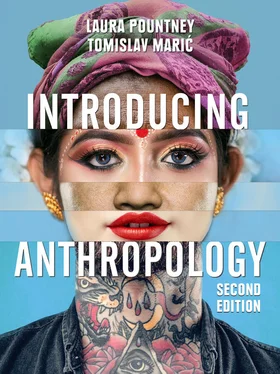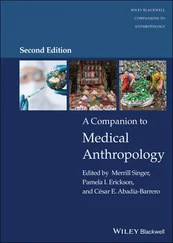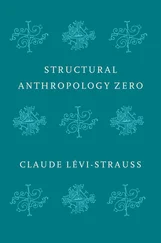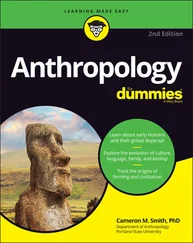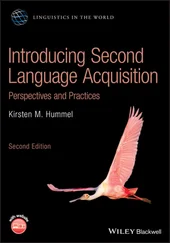Training the body in sport
Humans have a basic anatomy, and there are limits to what the body can do; for example, it cannot be trained to fly. Doing physical activities produces positive hormonal changes that result in feelings of wellbeing. In more competitive sports, people can experience an adrenaline rush, which is a pleasurable feeling. Within these limits, the body can be trained to do many things that are beyond the capabilities of most people. Sociologist Loïc Wacquant (2004) used participant observation to study boxing culture in the deprived area of Woodlawn, on the south side of Chicago, USA. He spent three years as an amateur boxer and joined the gym himself. He also conducted research on racial and class inequality in the city. In Western cultures, competitive sports are valued and so form a means for people to gain self-esteem. Many people from all social classes use sport as a vehicle for gaining a respected place in society. Wacquant found that many young men from disadvantaged backgrounds in society saw boxing as a way of doing something with their lives. They experienced many problems of racism and discrimination, and Wacquant found that sport was seen as a way out of the ghetto.
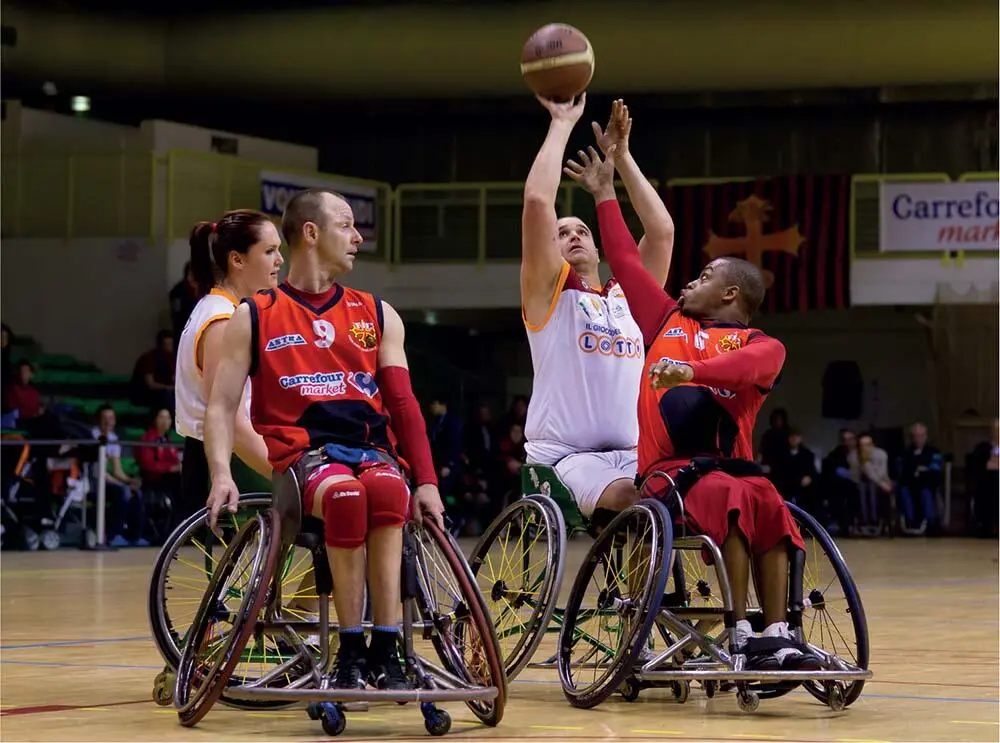
Wheelchair basketball players must train their upper bodies and arms to become more adept at their sport. (Pierreselim / Wikimedia Commons)
Ideal male body type, size: Symbolic power
The ethnographic record concerning body preferences in males is weak, yet preliminary research suggests a universal desire for a muscular physique and for a tall or moderately tall stature. Men tend to aspire to a muscular shape characterized by well-developed upper-body muscles and a slim waist and hips. Efforts to achieve this ideal body generally centre around exercise rather than diet. Large body size may serve as an attribute of attractiveness in men because it symbolizes health, economic success, political power and social status. ‘Big-Men’, political leaders in Highland New Guinea, are described by their constituents in terms of their size and physical wellbeing: a leader is a man ‘whose skin swells with “grease” (or fat) underneath’ (Strathern 1971). The spiritual power (mana) and noble breeding of a Polynesian chief are also expected to be reflected in his large physical size.
A good example of the way people’s ideas about body shape are socially conditioned comes from anthropological research on the Matsigenka people from a remote area of south-eastern Peru (Yu and Shepard 1998). People here were not bombarded with images and ideas about conventionally attractive female body shapes. Yu and Shepard showed pictures of females with different body shapes to male members from this culture. The Matsigenka men favoured more rounded female bodies, arguing that slim-waisted females looked skinny and pale and were perhaps recovering from a bout of diarrhoea. The researchers then tested the perception of men who used to live in the same area but had since moved to towns, where advertising and media was more common. These men favoured the slimmer female forms.
Body Games: Capoeira and Ancestry (dir. Richard Pakleppa, Matthias Röhrig Assunção, Christine Dettmann, 2013)
Capoeira is an Afro-Brazilian art that has taken the world by storm. It is a beautiful, mysterious, physical and spiritual practice that combines dance, combat, theatre and music. It is the only international martial art with an African heritage. The film Body Games follows master Cobra Mansa and his friends in the search for the African roots of the Brazilian martial art Capoeira. The search starts in Rio where, as a 12-year-old street child, Cobra found survival and self-esteem playing Capoeira. Through Capoeira he grew into Brazil’s black movement and discovered his identity as an Afro-Brazilian. A powerful myth links Capoeira to a legendary Angolan game called Engolo – the Zebra dance. The film documents, for the first time, Engolo as well as other combat games, dances and music from the Nyaneka-Humbi people in southern Angola. The exchange between Capoeira and Engolo in Angolan villages and the insights from the streets of Rio and Bahia illuminate the affinities and differences between combat games and musical bows played on both sides of the Atlantic. The journey explores deeper connections between slavery, identity and society.
Anthropological Theories of the Body
The following box examines some key anthropological theories of the body.
Biological model – naturalistic approach
Anthropological interest in the body began in the early eighteenth century through the ‘naturalistic’ view. The main naturalist writings at that time regarded the body as the biological base from which developed the superstructure of the society.
According to this perspective, human bodies are defined by their physical characteristics. The biological model looks at the body very much as a machine that can break down and so requires physical repair. This perspective is still dominant in the medical model in Western approaches to the body and is held by many doctors, surgeons and health practitioners. The main assumptions of the medical model are physical phenomena, such as illness is caused by bacteria; illness can be classified; medical specialists identify illness; illness can be treated and often cured. The medical model argues that the body is a biological organism.
Criticism:This theory was criticized as being reductionist, because the body is explained as a result of some aspect of physical or genetic constitution. In other words, biological explanations completely ignored social influences and the role of society or social processes and representations in the shaping of the body.
The social construction of the body
In contrast to naturalistic views of the body, the socially constructed body is assumed to be the product of social processes, ‘constructed’ in terms of dominant social practices or cultural norms. This approach holds that the meanings attributed to the body, and the boundaries that exist between the bodies of different groups of people, are social products. Social constructionists consider that the way people view themselves and others is shaped not only by biology or nature but also by the social context in which they live. Foucault ([1973] 1994), for example, argues that the way humans view the body is influenced by dominant discourses (systems of thoughts composed of ideas, attitudes, courses of action, beliefs and practices that construct the subjects and the worlds of which they speak). Views of the body will vary from society to society depending on the dominant discourses used in that culture. For example, in contemporary Western societies, discourses about the body, especially for women, privilege thinness, so a thin body shape is likely to offer higher status and to be sought after. Such constructionist notions of what humans think is ‘healthy’ and what is ‘illness’ are shaped not by biology but by dominant ideas and discourses about the body. For Foucault, the body is a direct way for certain members of the society to implement control. Institutional power such as that found in prisons, hospitals, political regimes, schools and religious disciplines shapes both the appearance and the practices relating to the individual body.
The social constructionist approach has had a profound influence on anthropological theories of the body, many of which originate from notions put forth by one of the founding figures of both sociology and anthropology, Emile Durkheim – in particular, his notion of the person as a double being consisting of an individual biological self and a social self. In this duality, the body stands for the profane or ‘natural’ self, the mind for the sacred or social self. Anthropologists and others have long acknowledged that religious thought recognizes this duality in our nature through its opposition between body and soul, flesh and spirit, profane and sacred (see Robert Hertz on handedness, pp. 72–3).
Читать дальше
